Female ginseng (Angelica sinensis) is a plant belonging to the Apiaceae family, which includes celery, parsley, anise, cumin, coriander and other popular spices in world cuisine. It's also known as dong quai and tang kuei.
Angelica sinensis is a perennial herb whose stem reaches a height of up to about 3 ft (1 m). Characteristic of the herb is its excessive branching off. The leaves are elliptical, cirrus, colored a saturated green, oppositely arranged.
The flowers of female ginseng are multiple in number, bisexual, colored whitish. They appear in the blooming period, which is from August to September for this herb. In turn, the seeds begin to form and ripen at the beginning of fall.
This plant originates from China. But it can also be found in Japan and Korea. It develops well in high altitude regions. It prefers cooler climate and semi-shady areas. The main factor contributing to the rapid development of the plant is humidity. In case it's lacking, female ginseng will not survive long.
History of Female Ginseng
Female ginseng has been present in the medicine of Asian peoples for centuries on end. The Chinese began using the herb actively as far back as thousands of years ago. Due to the miraculous effects that the plant had on women's health, they called Angelica sinensis "female ginseng". Over time the plant solidified its position as an unsurpassed means against different kinds of ailments affecting the mind and body of representative of the fairer sex.
Composition of Female Ginseng
The root of female ginseng is used for healing purposes. It is a source of essential oils, furocoumarins, nicotinic acid, butanedioic acid, adenine, vanilla acid, a specific polysaccharide, tannins, phytosterols, flavonoids, coumarins and others. Studies show that the plant is a source of vitamin E, vitamin B12 and vitamin A.
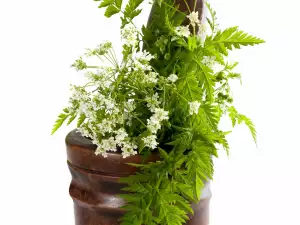
Choosing and Storing Female Ginseng
The roots of female ginseng that are used medicinally are taken out of the ground at the end of fall, are cleaned of any possible impurities and debris and left in a special premises to dry. The roots are then attached to stands and heat treated just a little so that they bake.
Later they are crumbled and baked once again, this time with wine. Of course this is not the only way to treat the root, so you may find bunches of roots that look different in stores.
Benefits of Female Ginseng
Female ginseng is one of the plants that can prove to be a loyal ally in the battle with no small number of diseases. The plant is distinguished by its general strengthening, toning, analgesic, diuretic, emollient, antibacterial and laxative effects.
Asian folk healers recommend Angelica sinensis for neuroses, insomnia, depression, vision problems, diseases of the genitourinary system. The herb can also affect problems with the digestive system. It makes digestion easier and aids gallbladder secretions.
Further, the herb turns out to be healthy for the circulatory system. It dilates the blood vessels and aids in the successful circulation of blood in the body. At the same time it lowers the risk of the appearance of thrombosis.
Undoubtedly however, female ginseng is most popular for its influence on the female body. The herb maintains hormonal balance in ladies, restores missed periods and regulates the processes that accompany them.
What's more, the plant helps alleviate and dull unpleasant symptoms that women experience during menstruation, as well as during menopause, it gets rid of postpartum pains and fights diseases stemming from unusual occurrences in the pelvis.
It is prescribed for blood stasis, ovarian diseases, menopause, irregular periods, uterine myoma, infertility, premenstrual syndrome, hemorrhoids, swelling, different kinds of wounds, fatigue, headache, hepatitis, allergies, diabetes, obesity, frequent colds, chronic infections.
It's also considered effective for anemia, rheumatoid arthritis, blood pressure problems, fibroid tumors, malaria and many other issues plaguing both men and women.
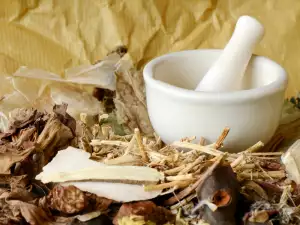
To make it more convenient for patients, the herb is offered in the form of a raw root, powdered root, tincture, tablets, extracts and others.
Depending on the desired goal, female ginseng can be combined with other plants as well. Some of the herbs that Angelica sinensis is most commonly mixed with are honeysuckle and orthilia, salvia, echinacea, nettle, burdock, filipendula.
Folk Medicine with Female Ginseng
To handle the discomfort and accompanying symptoms during menopause, you can prepare a tea from female ginseng. Steep 2/5 tsp (2 g) of the herb with 4/5 cup (200 g) of boiling water, then leave the liquid to sit for 15 min. Once the remedy cools, filter it and divide it into 2 parts. Take 2/5 cup (100 ml) during meals. To have an effect, the herb must be used regularly in remedy form for the duration of 1 month.
Dangers of Female Ginseng
Regardless of its miraculous effects, female ginseng should not be used prior to consultation with a competent doctor, since it can cause dermatitis. The plant is not suitable for pregnant women, breastfeeding women and children. Experts also advise for breast cancer patients and sick persons taking certain medications not to use the herb.
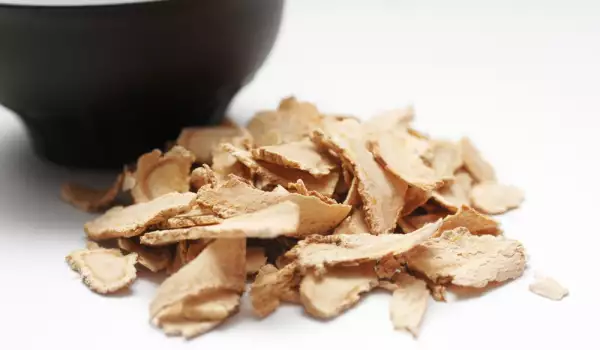
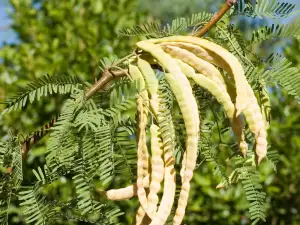
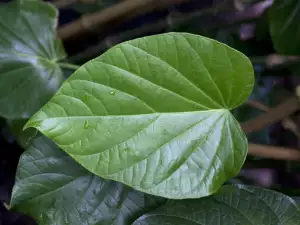
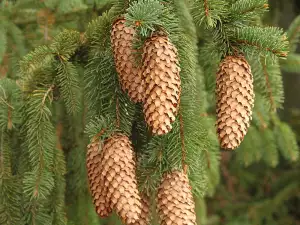
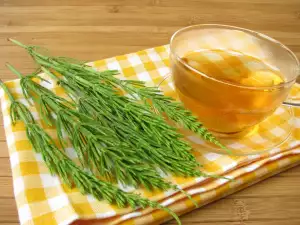
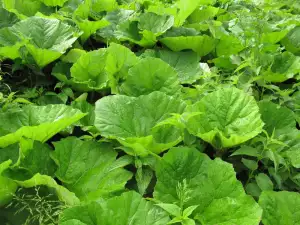
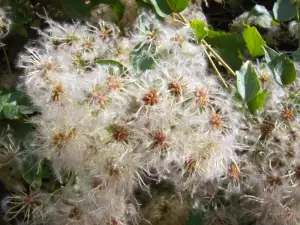
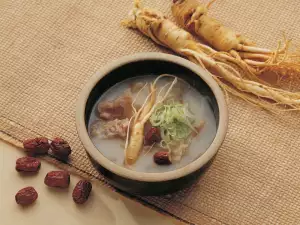
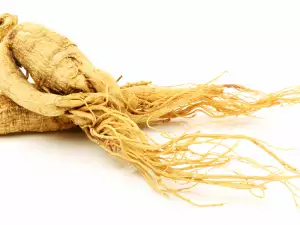
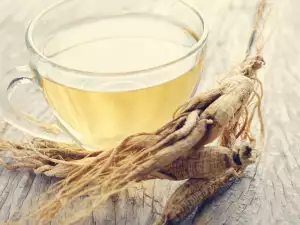





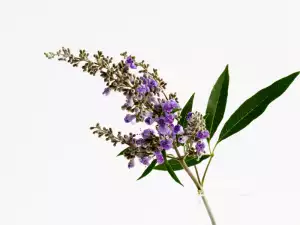
Comments